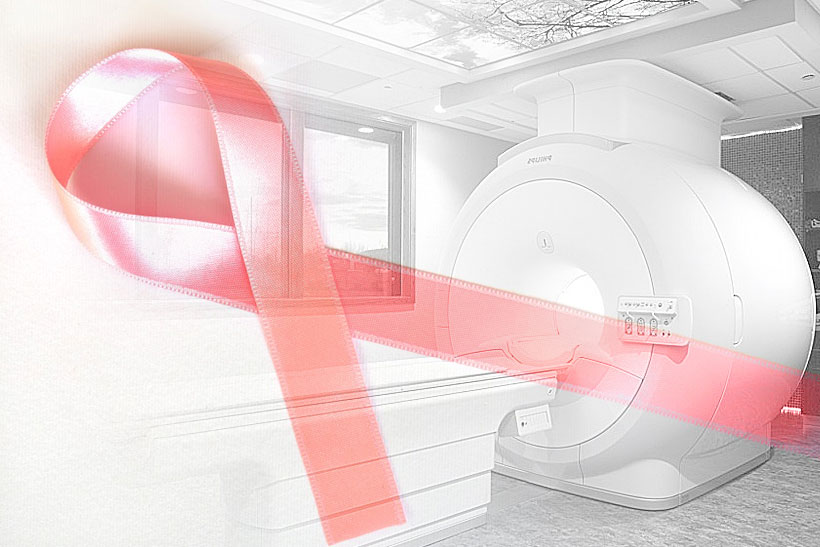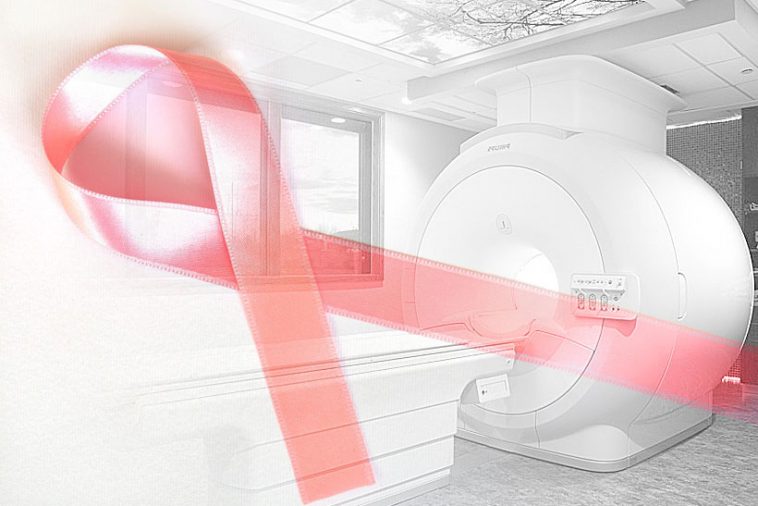- Like
- SHARE
- Digg
- Del
- Tumblr
- VKontakte
- Flattr
- Buffer
- Love This
- Save
- Odnoklassniki
- Meneame
- Blogger
- Amazon
- Yahoo Mail
- Gmail
- AOL
- Newsvine
- HackerNews
- Evernote
- MySpace
- Mail.ru
- Viadeo
- Line
- Comments
- Yummly
- SMS
- Viber
- Telegram
- JOIN
- Skype
- Facebook Messenger
- Kakao
- LiveJournal
- Yammer
- Edgar
- Fintel
- Mix
- Instapaper
- Copy Link

With all the high-tech diagnostics available nowadays, you may wonder if there’s really a benefit to doing manual breast self-exams? To cut to the bottom line – yes! Breast self-exams still offer valuable information and should be a key part of every woman’s health care regimen. However, self-exams are not the only proactive measure that medical professionals recommend. Before we discuss the different ways to screen for breast cancer, here’s a review of the basics of this widespread disease:
Facts about Breast Cancer
Defined simply, breast cancer is cancer that forms in breast cells. According to the National Breast Cancer Foundation:
- Breast cancer is the most commonly diagnosed cancer in women in the United States
- Statistics predict that one in every eight women in the US will be diagnosed with breast cancer in her lifetime
- Breast cancer is the second leading cause of cancer death among women
- Since 1990, the death rates from breast cancer have been decreasing – due in part to better screening, earlier detection, increased awareness, and improved personalized treatments
Not in Your Family? You’re Still at Risk
Although there’s a powerful genetic link associated with developing breast cancer, most cases are actually not hereditary. (Only 5% to 10% of all breast cancer cases in women are clearly linked to genetics). That means even if you don’t have any family history of breast cancer, you still need regular screening. And since the risk rises with age, routine screening – with self-exams and precise technologies – becomes more important as you get older.
Self-Exams: Why, How and What to Look For
Knowing how your breasts normally appear and feel is essential for staying healthy. Close familiarity with your body enables you to detect changes (such as a lump), and then alert your physician so you can be sent for screening to identify the cause.
The National Breast Cancer Foundation clearly outlines how to perform a breast self-exam to inspect for most common symptoms of breast cancer:
- New lump, typically painless and hard (however, they can also be soft and painful)
- Change in size or shape of a breast
- Swollen area
- Skin dimpling (similar to an orange peel)
- Pain in the breast or nipple
- Inverted nipple (turning inward)
- Breast or nipple skin irritation, such as redness, flaking, or a scaly patch
- Discharge from the nipple, other than breast milk
- A lump under the arm or around the collar bone
Modern Breast Cancer Screening Technologies
Now, let’s explore all the high-tech screening options that can figure out what’s going on beneath the surface. What’s the difference between these diagnostic devices?
Mammogram
This x-ray of the breast is the most common screening procedure. According to the American Cancer Society, women should start getting yearly mammograms at age 45 and every two years from age 55.
If your mammogram detects an abnormality, you may be sent for follow-up testing. In general, mammograms can often spot problems way before they can be felt manually – sometimes up to 2 years earlier. The results of mammograms get more precise as you age, because breast tissue becomes less dense – making it easier to see through on the x-ray. Also, newer advanced technologies, such as 3D mammography (breast tomosynthesis), have greatly improved detection rates; 3D mammography is becoming more and more common.
Breast Ultrasound
Ultrasound uses sound waves to create detailed images of your internal body structures, and these images can find breast changes that mammograms cannot. Also, ultrasounds can be more effective in women with dense breast tissue. Another benefit of ultrasounds is that they don’t expose you to any radiation, and the procedure costs less than other options.
MRI – Breast Magnetic Resonance Imaging
An MRI uses radio waves and strong magnets to produce images of inner breast tissue. This technology is often used in women who were already diagnosed with cancer, to help determine the size of the cancer and look for additional tumors. If your doctor decides that you are at high risk for breast cancer, an MRI may be recommended in addition to your yearly mammogram.
Biopsy
A biopsy is the only way to make a definitive diagnosis of breast cancer. Guided by x-ray or ultrasound, your doctor will remove small amount of tissue and send it for laboratory analysis.
3D Metabolic Imaging and Risk Assessment (3D MIRA)
MIRA is a cutting-edge technology that uses innovative optical imaging to analyze metabolic activity in the breast. Sheba Medical Center in Israel is currently running a study using this system.
How does 3D MIRA work? You sit in a room while a specialized camera scans your breast tissue to generate infrared images. Then, you wear cold gloves for one minute before a second scan is performed. In response to the chilly temperature flowing through your bloodstream, normal blood vessels contract. However, abnormal blood vessels in a tumor will not respond to the cold. The 3D MIRA pinpoints these unresponsive areas as possible sites of a cancerous tumor. The results are highly accurate and not affected by breast density.
At present, this “cool” technology is offered for free to every woman who has had suspicious findings on a recent exam and visits the Meirav Breast Center at Sheba Medical Center in Israel for screening. As long as you are over 30 years old, not pregnant, not breastfeeding, and haven’t had a biopsy in the last 45 days – you can qualify.
A Diagnosis of Breast Cancer – Now What?
Your doctor will consider many variables in order to recommend the most effective, customized breast cancer treatment. Generally, most women undergo surgery along with additional treatment, such as hormone therapy, chemotherapy, or radiation. When it comes to breast cancer treatment, research shows that people who are treated at medical centers with a lot of experience have better results than people treated at less experienced centers.
Infographic provided by Breast Cancer Car Donations, a top company for vehicle donations in California

